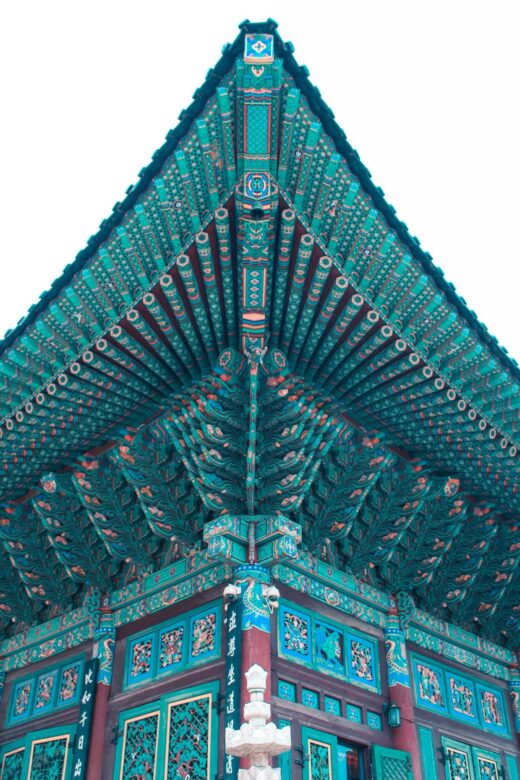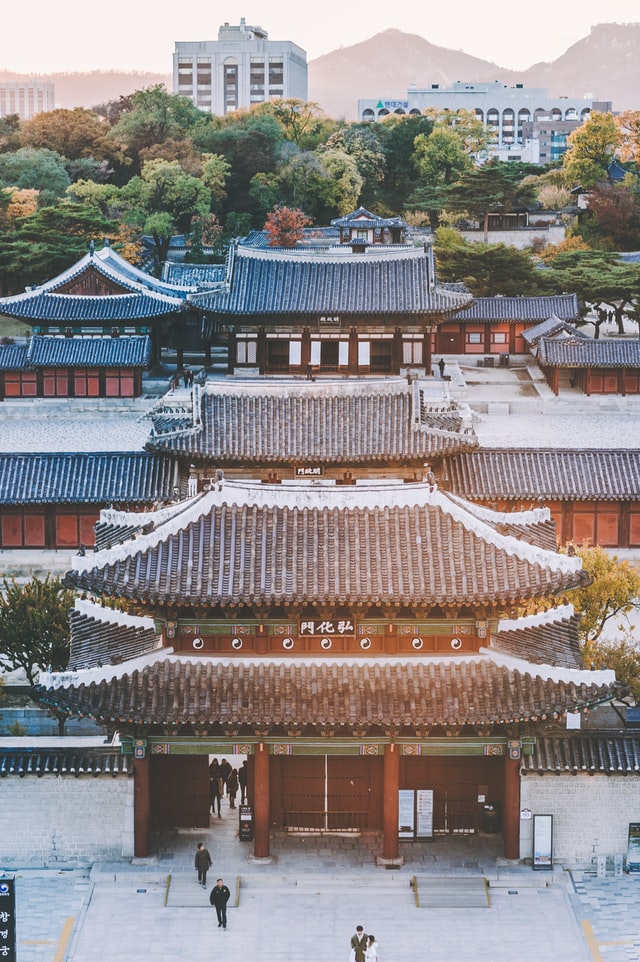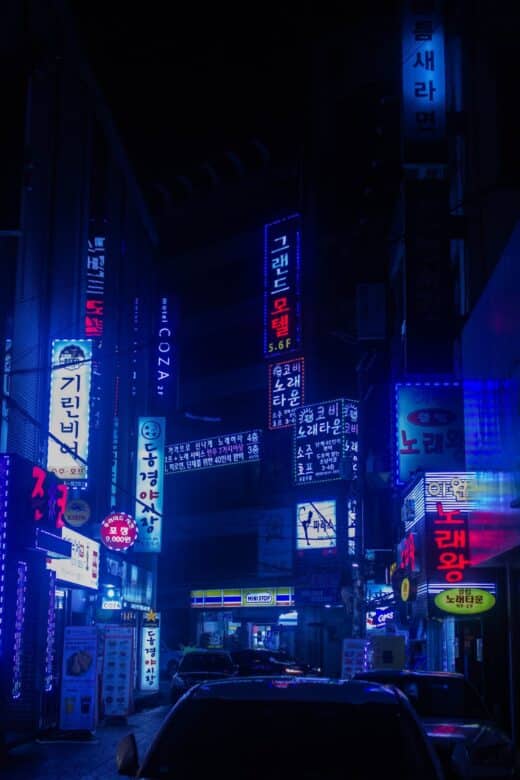South Korea
FROM ANCIENT traditions TO tech-savvy CONTEMPORARY lifestyle.
South Korea
FROM ANCIENT traditions TO tech-savvy CONTEMPORARY lifestyle.
South Korea
FROM ANCIENT traditions TO tech-savvy CONTEMPORARY lifestyle.

Ever since the Olympics were held there, interest in South Korea has been steadily growing. You probably interact with South Korea on a daily basis without even realizing it. The technology we own often features quality South Korea-made items like appliances, televisions, smartphones and cars. Now it’s time to experience its culture, gastronomy and traditions.

Unique Experiences
In South Korea
Experience Day Trip to Incheon
On your trip to South Korea, there's more than just Seoul to visit, of course. Consider a day trip to Incheon! While there, visit Heungryunsa Temple....
Experience Make Your Own Cosmetics
This kind of herbal cosmetics experience is the only one in the world (that we know of). By making your own cosmetics, you are not sacrificing...
Experience Jeju Island
Jeju Island is located southwest of the Korean Peninsula and is Korea's largest island. Volcanic lava tubes make up nearly 10% of the island’s area designated...
Experience Korea Beyond Borders
During a visit to South Korea, you are able to look into the Hermit Kingdom. It's thrilling to walk into one of the four tunnels that...
Resorts & Hotels in Seoul
Consider a stay in a hanok, a traditionally built wooden home built without nails. We can make all your necessary accommodations for your South Korea vacation, including exclusive amenities and benefits at these Seoul standouts:


Did you know?
More about South Korea
South Korea balances tradition with modernization, provides some breathtaking landscapes, and serves up an inspiring culture.
TravelStore in #South Korea
Let's Plan Your Trip!
Our professional travel experts look forward to tailoring an exceptional vacation for you.
or Call 1 800 850 3224
